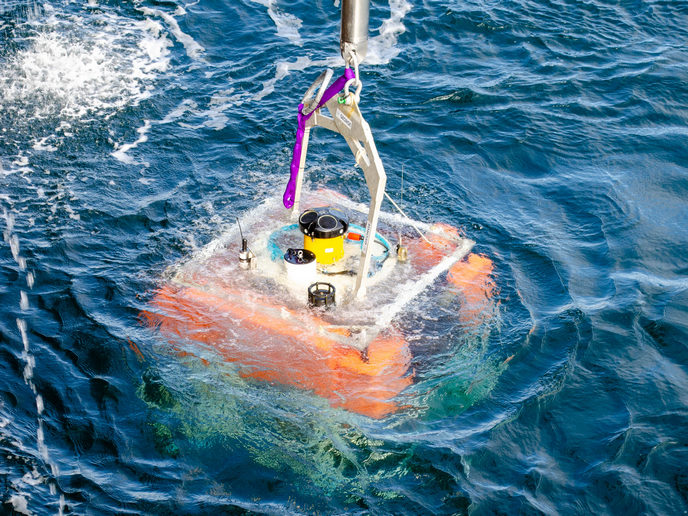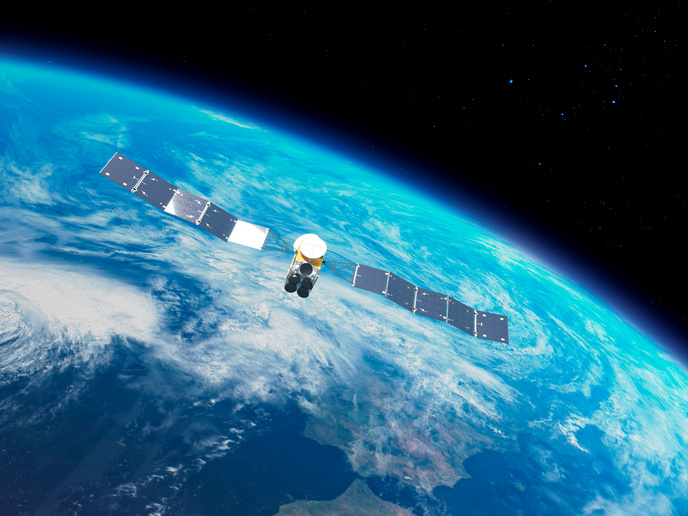From sky to soil: leveraging Earth observation data to empower mining
The European Union (EU) depends heavily on raw materials for key industries such as energy transition and decarbonisation. Yet, this reliance has created significant challenges, as highlighted by the recent Critical Raw Materials Act(opens in new window).
Bridging the gap between space and Earth
The EU-funded S34I(opens in new window) project was established to ensure a secure, sustainable and independent supply of raw materials within the EU. “S34I set out to develop data-driven, non-invasive Earth observation methods to support every stage of the mining process,” notes project coordinator Ana Cláudia Teodoro. From exploring new deposits to managing extraction and monitoring environmental impacts after a mine’s closure, S34I aims to make mining more sustainable and provide better insights for policymaking. “We embody the motto ‘From sky to soil’, reflecting the innovative use of Earth observation technologies to address challenges across different phases of the mining life cycle,” adds Teodoro. “By combining data from Copernicus satellite sensors (optical and radar) with other platforms such as airborne systems, low-altitude drones, ground-based methods and fieldwork, we have developed advanced solutions that push the boundaries of Earth observation technologies.”
New technologies and services
S34I introduced 20 novel artificial-intelligence-based methods for analysing Earth observation data, created over 50 FAIR-compliant datasets and developed three categories of Earth observation-based services for mining stakeholders: raw material mapping, early warning systems and environmental monitoring. A dedicated geospatial processing platform(opens in new window) was also established to integrate and visualise data from multiple pilot sites. Beyond technology, S34I offers a publicly available MOOC and e-learning platform, along with a white paper containing policy recommendations, protocols and guidelines for using non-invasive Earth observation technologies in mining.
Tailored advances for exploration, extraction and monitoring
S34I’s work goes beyond the state-of-the-art to tackle specific challenges in different phases of the mining life cycle. “For land exploration, we developed a prototype for cobalt exploration using advanced satellite sensors such as Landsat-9 and PRISMA, combined with AI methods,” outlines Teodoro. The team also integrated airborne hyperspectral and LiDAR data to improve mapping accuracy while reducing the need for ground validation. In coastal and shallow water exploration, the team created a systematic methodology to connect onshore and coastal deposits. Innovative underwater hyperspectral imaging technology was used to collect offshore data. Other project activities included the development of a satellite photogrammetry method to estimate stockpile and waste dump volumes. A new artificial intelligence super-resolution technique helps enhance satellite Earth observation time series for monitoring ground surface deformation. Low-cost GNSS receivers were also deployed to collect continuous in situ data, eliminating the need for mine surveyors to work in potentially dangerous areas. In environmental monitoring, researchers explored the use of high-resolution Earth observation data to map acid mine drainage (AMD) constituents in water bodies. A new AI-based method was implemented to analyse the relationship between surface reflectance spectra and AMD constituents.
A competitive mining industry in Europe
By promoting the use of Earth observation data, S34I is poised to drive significant advancements in the mining sector, enhancing EU autonomy in raw materials and equipping European exploration companies with state-of-the-art systems. “The initiative should help boost the competitiveness of EU mining industries through improved decision-making, support circularity by exploiting waste materials and advance the green and digital transition,” notes Teodoro. “Furthermore, project innovations seek to minimise the environmental impact of mining, foster transparency with stakeholders and ensure safer mining operations.”







